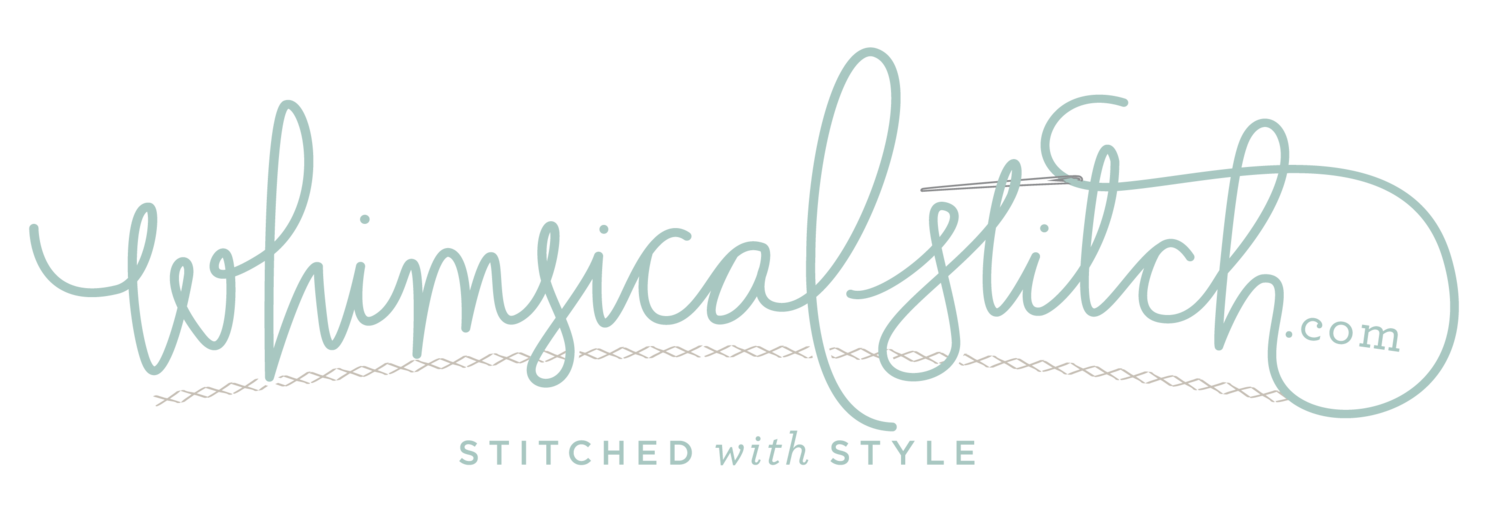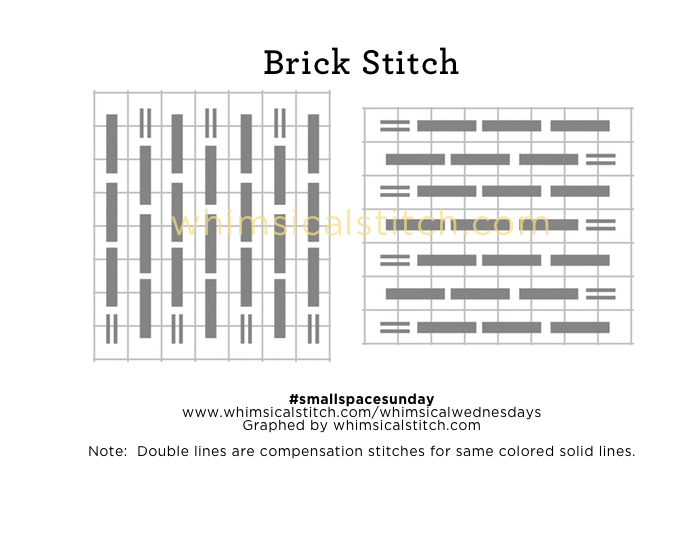The Knit Stitch is, quite possibly, the most obvious, underused, and appropriate small space stitch for almost any situation.
It's Plain Needlepoint with columns alternating directions. As its name suggests, it mimics knitting and is one of the cleanest ways to dress up Plain Needlepoint in a small space.
The most obvious use is for scarves, mittens, sweaters, and other articles of clothing. There are so many wonderful wool threads available now that allow you to shade to your heart's delight, add fuzzy texture with a Bunca Brush, or stay with a traditional flat knitted look. Some of my favorite wools include Amy's Burmilana, &more's Baby Alpaca, or Fleur de Paris' Bella Lusso Merino Wools.
The Knit Stitch also works well for small nature objects such as tree trunks, ground cover, or bushes. It's fun to use two different colors to make more of a statement, say on a small Christmas tree ornament or a pair of socks.
Use your imagination and have fun with it. It may be a small stitch, but it is a mighty stitch.
This stitch diagram, along with other #whimsicalwednesday and #smallspacesunday stitch diagrams, can also be found on www.pinterest.com/whimsicalstitch/whimsicalwednesday.
Be sure to follow whimsicalstitch.com on Facebook, Pinterest, Instagram, and Twitter.
If you like what you see on this blog, want to learn some very creative decorative stitches, and how to put them all together, whimsicalstitch.com sells stitch guides for seasonal Melissa Shirley designs. Seventeen guides are currently available and more are in the pipeline.
I hope you have the perfect space for this stitch and enjoy!





















